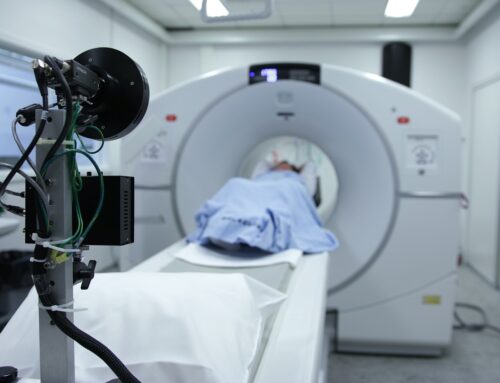Annually, many people in the United States who undergo a medical procedure will suffer harm because of negligence or ineptitude on the part of their medical practitioner. The Journal of the American Medical Association reports that approximately 225,000 people per year suffer fatalities, but it is difficult to ascertain how many people experience lesser malpractice situations, as it often goes unreported. This most likely occurs because patients do not understand what their rights are, and what actually is involved should they wish to file medical malpractice claims.

In the most general sense, medical malpractice occurs when a patient is harmed as a result of a medical professional failing to perform their duties competently according to medically accepted standards of care.
Four Conditions Which Must Exist to File Medical Malpractice
There are four conditions which must be met in order for a judge and jury to rule in favor of an injured patient in a medical malpractice claim. Because the burden of proof in all four areas is on the plaintiff (injured party), it is important to understand each required element.
- Establishing a True Doctor-Patient Relationship: In theory, this should be the easiest point to prove. If you met with a medical professional in a medical setting – such as a doctor’s appointment at a clinic, or operation at the hospital – the relationship is clearly understood. It is important to note that if you just asked a doctor an offhand question in passing – perhaps at a social event – then it will be difficult to prove a relationship.
- Proving Negligence: This is a more difficult condition to meet, as there isn’t an easily defined or universally accepted standard of care. To establish a medical standard of care, you must prove that another health care professional in a similar situation would have sought the same treatment or diagnosis as the doctor in question. In most cases, the patient’s medical malpractice attorney will introduce a medical expert to explain an alternate insight. This doctor should have as close a background as possible to the doctor named in the case.
- Establishing Causation: It is not enough to prove that the doctor behaved inappropriately. You must also be able to prove that his or her actions directly caused the injury or harm. If your injury was the result of an underlying condition, then the doctor isn’t responsible for your injury regardless of his actions. The goal of malpractice is to make financial amends for any medical actions that have resulted to a decline in a patient’s health.
- Proving Actual Harm: The fourth condition necessary for a successful medical malpractice claim is to prove real harm. This may be easier to do with physical harm, as you can present doctors reports, lab results and the like. Proving emotional harm is more difficult, but is often a large part of a medical malpractice claim.
If you feel you may have a case for medical malpractice, it is important to contact a Sarasota or Tampa area malpractice attorney as soon as possible. Because it will be up to you to prove all 4 aspects of malpractice, it is critical that you have someone on your side who understands all the laws and standards in order to best present your case. An attorney can not only advise you as to the merits of your case but can help you to gather evidence and expert medical witnesses in order to present your case in the best light. Cal Probinsky & Cole with any questions or concerns regarding your medical case – we are happy to help.







